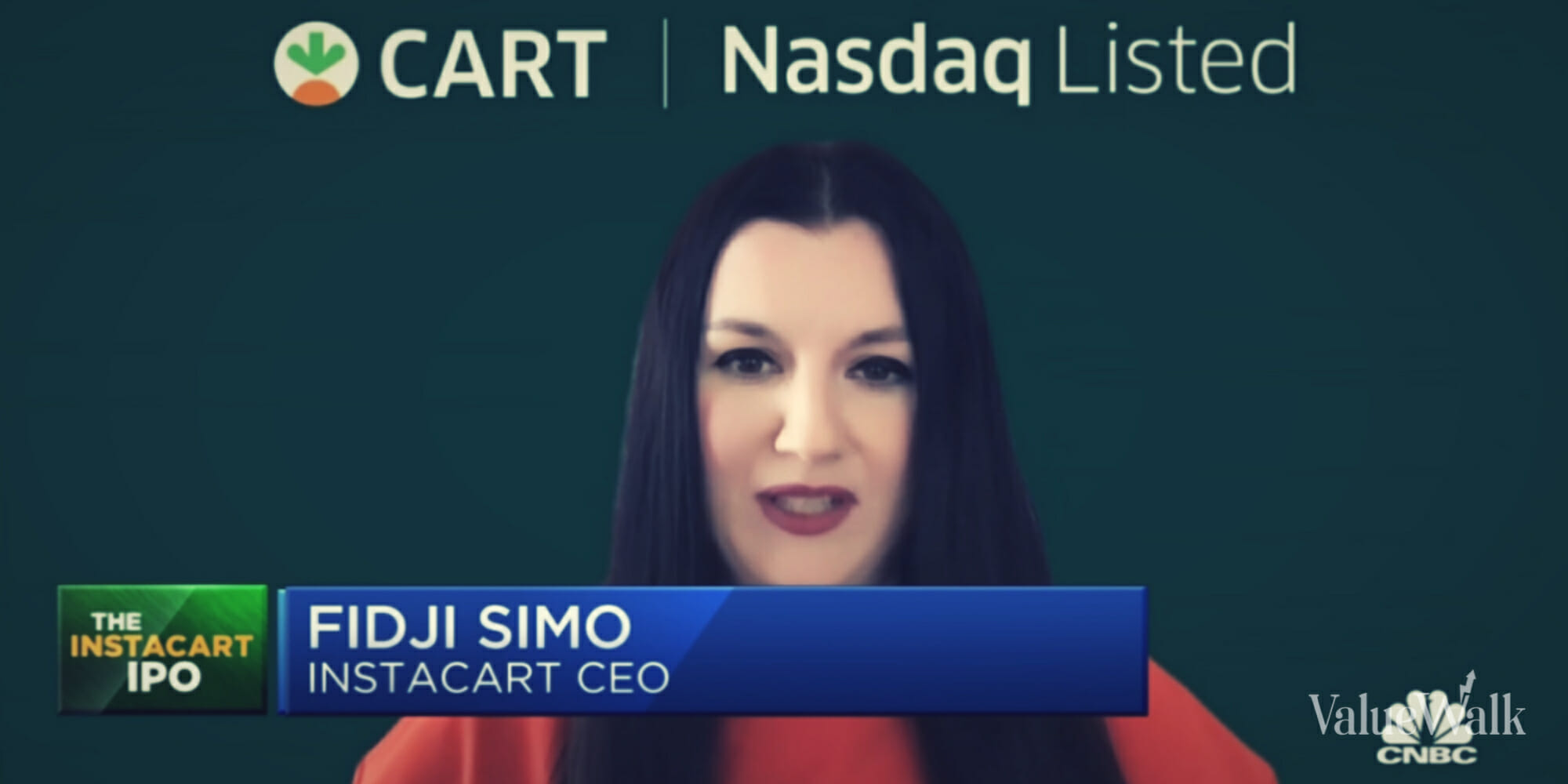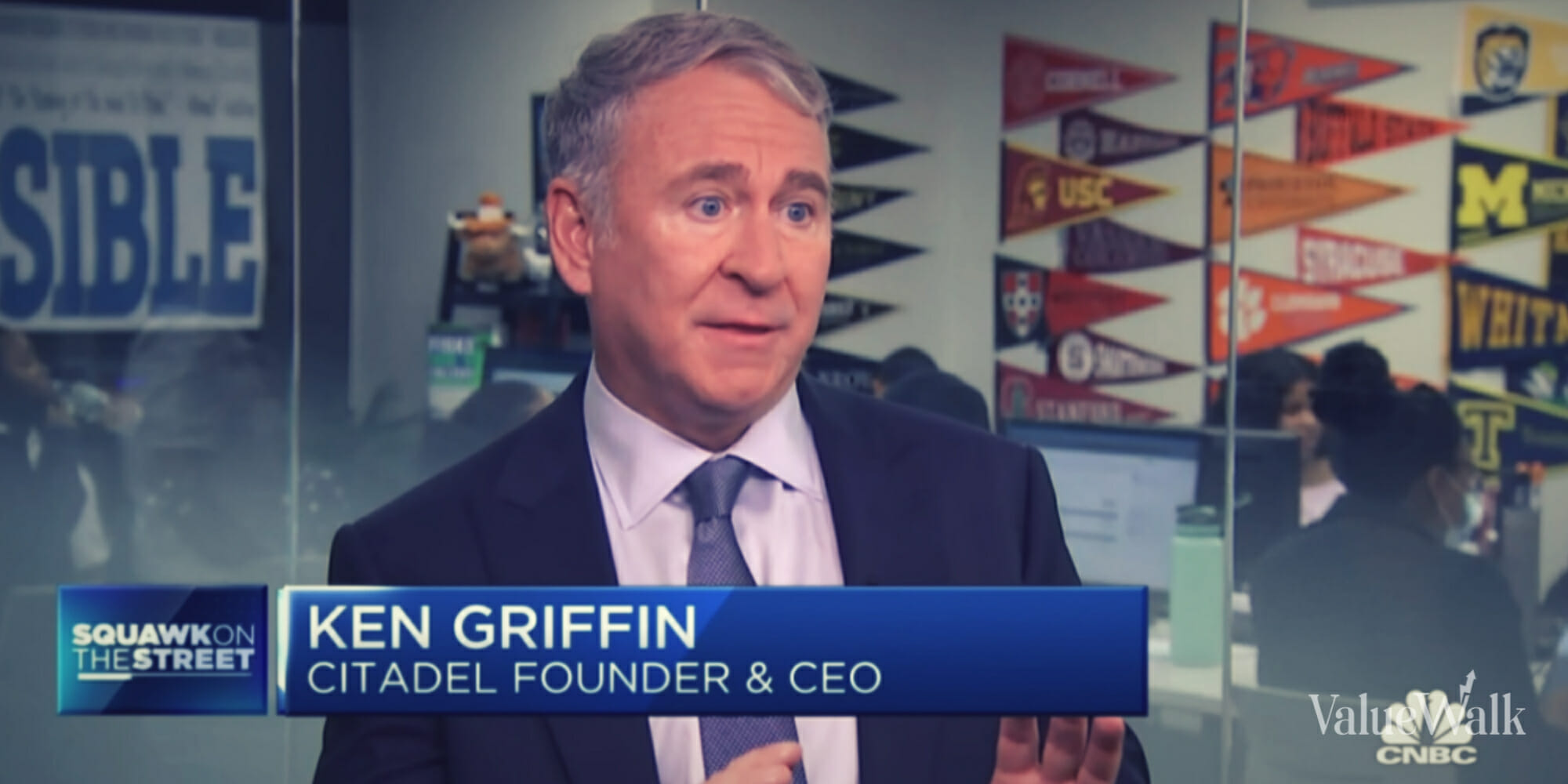Aswath Damodaran Session 25: Value Enhancement
In this session, we started by drawing a contrast between price and value enhancement. With value enhancement, we broke down value change into its component parts: changing cash flows from existing assets, changing growth rates by either reinvesting more or better, lengthening your growth period by creating or augmenting competitive advantages and lowering your cost of capital. We then used this framework to compute an expected value of control as a the product of the probability of changing the way a company is run and the value increase from that change (optimal - status quo value). This expected value of control allows us to explain why market prices for stocks rise when corporate governance improves, why voting shares usually trade at a premium over non-voting shares (and why they sometimes don't) and why there is a minority discount in private company transactions.
Start of the class test: www.stern.nyu.edu/~adamodar/pdfiles/eqno
Slides: http://www.stern.nyu.edu/~adamodar/po...
Post class test: http://www.stern.nyu.edu/~adamodar/pd...
Post class test solution: http://www.stern.nyu.edu/~adamodar/pd...






